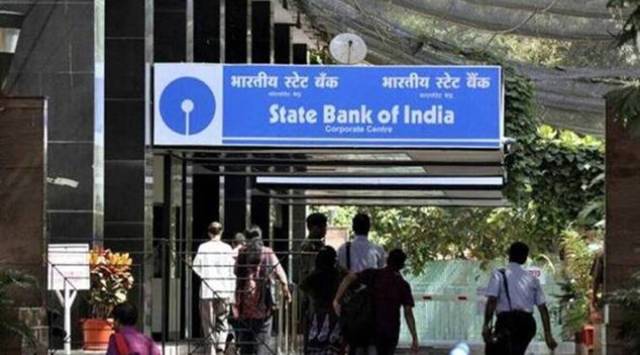SBI, Union Bank, Bank of Baroda raise MCLR by up to 25 bps
SBI hikes rates on certain retail term deposit below Rs 2 cr
 Any change in repo rate- the rate at which the RBI lends money to banks to meet their short-term funding needs – impacts the interest rate for borrowers. Banks review their MCLR of different maturities every month on a pre-announced date with approval from their boards.
Any change in repo rate- the rate at which the RBI lends money to banks to meet their short-term funding needs – impacts the interest rate for borrowers. Banks review their MCLR of different maturities every month on a pre-announced date with approval from their boards.
Following a hike in the repo rate by the Reserve Bank last week, some of the lenders including State Bank of India (SBI) and Union Bank of India have raised their marginal cost of fund-based lending rate (MCLR) by up to 25 basis points, which will result in a higher equated monthly installment (EMI) for borrowers.
The country’s largest lender SBI also hiked the interest rates on domestic retail term deposits below Rs 2 crore by up to 25 bps on certain maturity buckets, effective February 15.
In its February 8 monetary policy review, the RBI raised the repo rate by 25 basis points (bps) to 6.5 per cent, taking the cumulative increase in the key rate by 250 bps since May 2022.
SBI has increased its MCLR by 10 bps across all tenors, effective February 15, 2023.
The overnight MCLR has been hiked by 10 bps to 7.95 per cent. The bank is offering MCLR of 8.1 per cent each on one-month and six-month loans, compared to 8 per cent earlier on both the tenors.
The lender has raised the one-year MCLR to 8.5 per cent from 8.4 earlier. The two-year and three-year MCLRs have been revised to 8.6 per cent and 8.7 per cent respectively.
On the deposit front, SBI is offering an interest rate of 6.8 per cent on deposits maturing between one-year and less than two years, as against 6.75 per cent earlier.
For deposits between two years to up to 10 years, the bank has raised interest rates by 25 bps. Deposits in the two years and less than three years bucket will attract an interest rate of 7 per cent as against 6.75 per cent. The lender is offering an interest rate of 6.5 per cent on deposits maturing between three years and up to 10 years.
Another state-run lender Union Bank of India has revised its MCLR by 25 bps across all maturities from February 11. The one-year MCLR has been increased to 8.65 per cent from 8.4 per cent and two-year to 8.85 per cent from 8.6 per cent. The new overnight MCLR stands at 7.9 per cent.
Bank of Baroda (BOB) has increased its MCLR by 5 bps across all tenors from February 12. The bank has revised one-year MCLR to 8.55 per cent from 8.5 per cent. The overnight, one-month and three-month MCLRs stand at 7.9 per cent, 8.2 per cent and 8.3 per cent respectively.
Indian Overseas Bank (IOB) has raised MCLR by up to 15 bps across all its tenors. The one-year MCLR has been hiked to 8.45 per cent from 8.30 per cent earlier. Similarly, one-month, three-month and six-month MCLRs have also been raised by 15 bps to 7.9 per cent, 8.2 per cent and 8.35 per cent respectively. The overnight, two-year and three-year MCLRs have been revised upwards by 10 bps.
Two other public sector banks UCO Bank and Central Bank have also revised their MCLR for different loan maturities from February 10.
What is MCLR?
Introduced on April 1, 2016, MCLR is the minimum interest rates below which banks cannot lend. Banks calculate all operating costs as a percentage of marginal cost of funds for computing MCLR. Under the MCLR regime, banks decide on the interest rate at which they will offer to borrowers on the basis of the marginal cost at which they get funds through funds and by borrowing from RBI.
Any change in repo rate- the rate at which the RBI lends money to banks to meet their short-term funding needs – impacts the interest rate for borrowers. Banks review their MCLR of different maturities every month on a pre-announced date with approval from their boards.
In order to further improve transmission of repo rate to banks’ lending and deposit rates, the RBI, in October 2019, introduced external benchmark linked lending rate (EBLR) system. The banks now offer lending rates which are linked to the RBI’s repo rate or yields on treasury bills. Any change in repo rate immediately gets reflected in the banks’ lending rate.
There are some borrowers, who were issued loans before October 2019, continuing with the old MCLR regime.



- 01
- 02
- 03
- 04
- 05




























